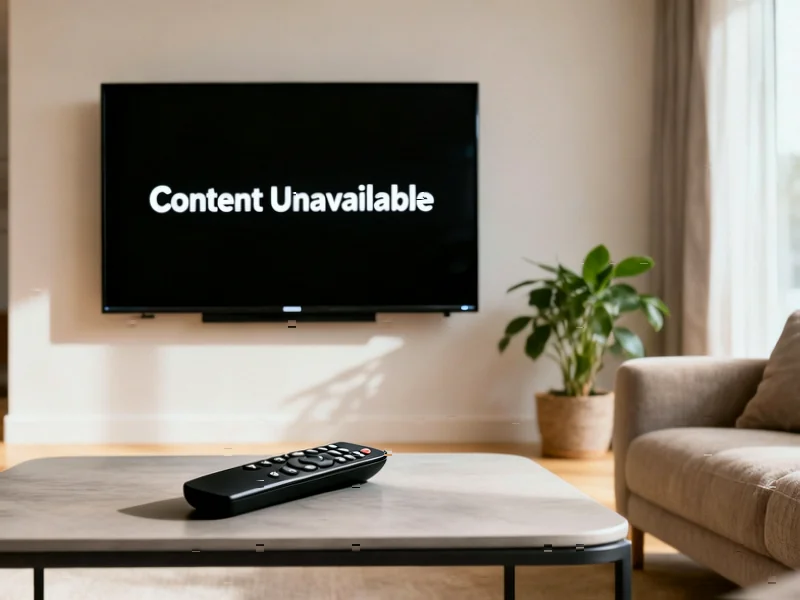According to CNBC, Disney content including ABC and ESPN was removed from Google’s YouTube TV on Thursday after the two companies failed to renew their distribution agreement. The contract expired October 30 at 11:59 p.m. ET, affecting more than 20 channels and Disney content recordings. YouTube stated in its official blog that Disney used the threat of a blackout as a negotiating tactic to force terms that would raise prices for customers, and that YouTube will offer members a $20 credit if the content remains unavailable for an extended period. This dispute follows a similar temporary conflict YouTube TV had with NBCUniversal last month, highlighting ongoing tensions between streaming platforms and content providers.
Table of Contents
The Economics of Streaming Distribution
The fundamental tension here revolves around carriage fees and the shifting balance of power in media distribution. YouTube TV operates as a virtual multichannel video programming distributor (vMVPD), essentially a cable replacement service that pays content owners like Disney for the right to stream their channels. As traditional cable subscriptions decline, these streaming bundles have become increasingly important revenue streams for legacy media companies. However, the economics are challenging – content providers want higher fees to offset declining traditional revenue, while streaming services face pressure to keep prices competitive in an increasingly crowded market.
Disney’s Strategic Positioning
This dispute reveals Disney’s evolving streaming strategy. With Disney operating its own competing live TV service through Hulu + Live TV, the company faces inherent conflicts when licensing content to rival platforms. The removal of popular channels like ESPN and ABC from YouTube TV could potentially drive subscribers to Disney’s own services, creating what YouTube characterized as an unfair competitive advantage. This represents a broader industry trend where content owners are increasingly prioritizing their own distribution platforms over third-party licensing deals.
Market Impact and Subscriber Dynamics
The timing of this blackout is particularly significant given YouTube TV’s market position. According to Nielsen data cited in the report, YouTube captures over 13% of TV watch-time, making it America’s leading media distributor by audience engagement. The loss of Disney’s portfolio represents a substantial content gap that could trigger subscriber churn, especially among sports fans who rely on ESPN. The $20 credit offer suggests YouTube recognizes the severity of the content loss, but it may not be enough to retain subscribers who value Disney’s programming.
Broader Industry Implications
This dispute is part of a larger pattern of carriage fee negotiations becoming increasingly contentious in the streaming era. The temporary NBCUniversal dispute last month and now the Disney blackout indicate that content providers are taking harder lines in negotiations. As streaming services proliferate and content becomes more fragmented, these distribution battles are likely to become more frequent and more disruptive to consumers. The outcome of this particular standoff could set precedents for future negotiations across the industry, potentially influencing how other major content owners approach their streaming distribution strategies.
Resolution Outlook and Consumer Impact
Historically, most carriage disputes eventually resolve, but the duration of blackouts can vary significantly. The $20 credit offer creates financial pressure on YouTube to reach a resolution quickly, as extended credits would substantially impact their revenue. For consumers, this highlights the fragility of the streaming ecosystem – even as services promise convenience and flexibility, they remain vulnerable to the same content distribution disputes that plagued traditional cable. The situation also underscores the challenge for consumers navigating an increasingly fragmented streaming landscape where no single service offers comprehensive access to all desired content.



